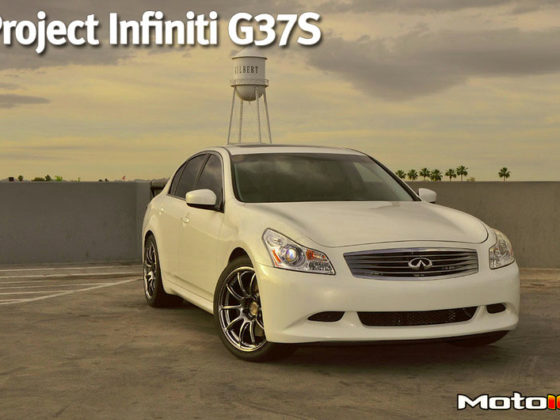
Project EP3 Si: Going 5 Lug with Wheels from Enkei and Nitto NT05 Tires
Now that we converted our EP3 Civic from 4 to 5 lug hubs and added big brakes, there was no going back. In order to drive the car, we obviously needed to do something about our wheel situation. Our goal was to stuff the biggest tires we could into the stock wheel wells. Unlike our hellaflush brethren we want big and we want traction, not stretching a narrow tire on a wide rim and stupid amounts of negative camber.
We decided to try a somewhat aggressive fitment with a pretty decently large tire and a somewhat wide wheel for a small car. We didn’t want to have to mangle our fenders to tuck the wheel/tire combo but were not opposed to rolling the fenders. Having experience with an RSX before we decided to try the same combination on our Civic.
To read more about Project EP3 check here!


The most technically advanced part about the RPF1 is its use of Enkei’s MAT technology. MAT technology enables Enkei to economically impart some of the advantages of a forged wheel such as greater strength and potentially lighter weight with the cost advantages of a cast wheel.


The strength imparted to the wheel by the MAT process allows for the wheel’s barrel section to be thinner and lighter. It is more important for the barrel to be lighter than the center due to the inertial effect when the wheel is spinning. Since the barrel is the part of the wheel that is most often stressed by impacts, it makes sense to take advantage of the localized strengthening of the MAT process there.




1 comment
I would like to know what is the best header for my 03 Honda civic si. I also have a 07 Honda elimate fc with a 2.4 liter I would like to know if a Doran block what be a benifit on this vechile. Please give me your best recommendation.